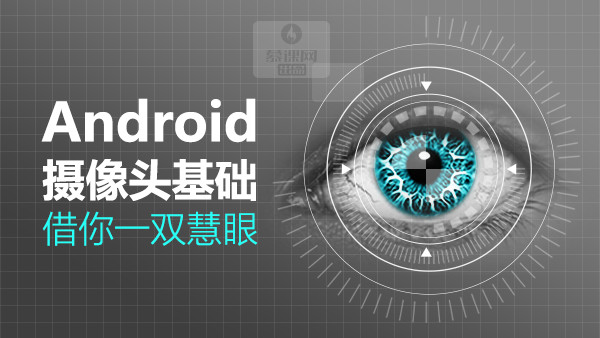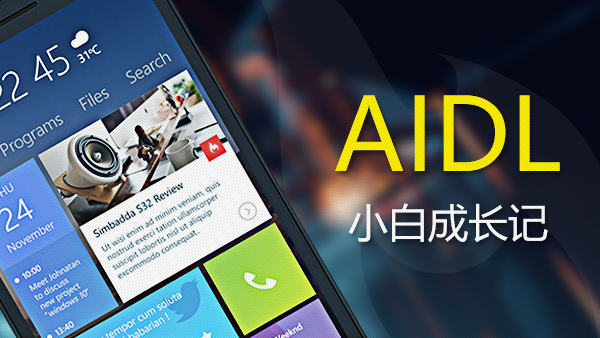现在主流的播放器都提供了录制GIF图的功能。GIF图就是将一帧帧连续的图像连续的展示出来,形成动画。所以生成GIF图可以分成两步,首先要获取一组连续的图像,第二步是将这组图像合成一个GIF文件。关于GIF文件合成,网络上有很多开源的工具类。我们今天主要来看下如何从播放器中获取一组截图。话不多说先了解下视频播放的流程。

播放流程
1.1、解码后从图像帧池中获取图像帧数据
从上面流程图中可以看出,截图只需要获取解码后的图像帧数据即可,即从图像帧池中拿出指定帧图像就好了。当我们使用FFmpeg软解码播放时,图像帧池在我们自己的代码里,所以我们可以拿到任意帧。但是但我们使用系统MediaCodec接口硬解码播放视频时,视频解码都是系统的MediaCodec模块来做的,如果我们想要从MediaCodec里拿出图像帧数据来就得研究MediaCodec的接口了。

MediaCodec
MediaCodec的工作流程如上图所示。MediaCodec类是Android底层多媒体框架的一部分,它用来访问底层编解码组件,通常与MediaExtractor、MediaSync、Image、Surface和AudioTrack等类一起使用。
简单的说,编解码器(Codec)的功能就是把输入的原始数据处理成可用的输出数据。它使用一组input buffer和一组output buffer来异步的处理数据。一个简单的数据处理流程大致分三步:
从
MediaCodec获取一个input buffer,然后把从数据源中拆包出来的原始数据填到这个input buffer中;把填满原始数据的
input buffer送到MediaCodec中,MediaCodec会将这些原始数据解码成图像帧数据,并将这些图像帧数据放入到output buffer中;从
MediaCodec中获取一个有可用图像帧数据output buffer,然后可以将output buffer输出到surface或者bitmap中就可以渲染到屏幕或者保存在图片文件中了。
MediaFormat format = MediaFormat.createVideoFormat(MediaFormat.MIMETYPE_VIDEO_AVC, mWidth, mHeight); String mime = format.getString(MediaFormat.KEY_MIME);// 创建视频解码器,配置解码器MediaCodec mVideoDecoder = MediaCodec.createDecoderByType(mime); mVideoDecoder.configure(format, surface, null, 0);// 1、获取input buffer,将原始视频数据包塞到input buffer中int inputBufferIndex = mVideoDecoder.dequeueInputBuffer(50000); ByteBuffer buffer = mVideoDecoder.getInputBuffer(inputBufferIndex);// 2、将带有原始视频数据的input buffer送到MediaCodec中解码,解码数据会放置到output buffer中mVideoDecoder.queueInputBuffer(mVideoBufferIndex, 0, size, presentationTime, 0);// 3、获取带有视频帧数据的output buffer,释放output buffer时会将数据渲染到在配置解码器时设置的surface上int outputBufferIndex = mVideoDecoder.dequeueOutputBuffer(info, 10000); mVideoDecoder.releaseOutputBuffer(outputBufferIndex, render);
上面是使用MediaCodec播放视频的基本流程。我们的目标是在这个播放过程中获取到一帧视频图片。从上面的过程可以看到在获取视频帧数据的output buffer方法dequeueOutputBuffer返回的不是一个buffer对象,而只是一个buffer序列号,渲染时只将这个outputBufferIndex传递给MediaCodec,MediaCodec就会将对应index的渲染到初始配置是设置的surface中。要实现截图就得获取到output buffer的数据,我们现在需要的一个通过outputBufferIndex获取到output buffer方法。看了下MediaCodec的接口还真有这样的方法,详细如下:
/**
* Returns a read-only ByteBuffer for a dequeued output buffer
* index. The position and limit of the returned buffer are set
* to the valid output data.
*
* After calling this method, any ByteBuffer or Image object
* previously returned for the same output index MUST no longer
* be used.
*
* @param index The index of a client-owned output buffer previously
* returned from a call to {@link #dequeueOutputBuffer},
* or received via an onOutputBufferAvailable callback.
*
* @return the output buffer, or null if the index is not a dequeued
* output buffer, or the codec is configured with an output surface.
*
* @throws IllegalStateException if not in the Executing state.
* @throws MediaCodec.CodecException upon codec error.
*/@Nullablepublic ByteBuffer getOutputBuffer(int index) {
ByteBuffer newBuffer = getBuffer(false /* input */, index); synchronized(mBufferLock) {
invalidateByteBuffer(mCachedOutputBuffers, index);
mDequeuedOutputBuffers.put(index, newBuffer);
} return newBuffer;
}注意接口文档对返回值的描述 return the output buffer, or null if the index is not a dequeued output buffer, or the codec is configured with an output surface. 也就是说如果我们在初始化MediaCodec时设置了surface,那么我们通过这个接口获取到的output buffer都是null。原因是当我们给MediaCodec时设置了surface作为数据输出对象时,output buffer直接使用的是native buffer没有将数据映射或者拷贝到ByteBuffer中,这样会使图像渲染更加高效。播放器主要的最主要的功能还是要播放,所以设置surface是必须的,那么在拿不到放置解码后视频帧数据的ByteBuffer的情况下,我们改怎么实现截图功能呢?
1.2、渲染后从View中获取图像帧数据
这时我们转换思路,既然硬解码后的图像帧数据不方便获取(方案1),那么我们能不能等到图像帧数据渲染到View上后再从View中去获取数据呢(方案2)?

截图方案
我们视频播放器使用的SurfaceVIew + MediaCodec的方式来实现的。那我们来调研下从SurfaceVIew 中获取图像的技术实现。然后我们就有了这篇文章《为啥从SurfaceView中获取不到图片?》。结束就是从SurfaceView无法获取到渲染出来的图像。为了获取视频截图我们换用TextureView + MediaCodec的方式来实现播放。从TextureView中获取当前显示帧图像方法如下。
/**
* <p>Returns a {@link android.graphics.Bitmap} representation of the content
* of the associated surface texture. If the surface texture is not available,
* this method returns null.</p>
*
* <p>The bitmap returned by this method uses the {@link Bitmap.Config#ARGB_8888}
* pixel format.</p>
*
* <p><strong>Do not</strong> invoke this method from a drawing method
* ({@link #onDraw(android.graphics.Canvas)} for instance).</p>
*
* <p>If an error occurs during the copy, an empty bitmap will be returned.</p>
*
* @param width The width of the bitmap to create
* @param height The height of the bitmap to create
*
* @return A valid {@link Bitmap.Config#ARGB_8888} bitmap, or null if the surface
* texture is not available or width is <= 0 or height is <= 0
*
* @see #isAvailable()
* @see #getBitmap(android.graphics.Bitmap)
* @see #getBitmap()
*/public Bitmap getBitmap(int width, int height) { if (isAvailable() && width > 0 && height > 0) { return getBitmap(Bitmap.createBitmap(getResources().getDisplayMetrics(),
width, height, Bitmap.Config.ARGB_8888));
} return null;
}到目前为止完成了一小步,实现了从播放器中获取一张图像的功能。接下来我们看下如何获取一组图像。
1.3 获取一组连续的图像
单张图像都获取成功了,获取多张图像还难吗?由于我们获取图片的方式是等到图像在View中渲染出来后再从View中获取的。那么问题来了,如要生成一张播放时长为5s的GIF,收集这组图像是不是真的得持续5s,让5s内所有数据都在View上渲染了一次才能收集到呢?这种体验肯定是不允许的,为此我们使用类似倍速播放的功能,让5s内的图像数据快速的在View上渲染一遍,以此来快速的获取5s类的图像数据。
if (isScreenShot) { // GIF图不需要所有帧数据,定义每秒5张,那么每200ms渲染一帧数据即可
render = (info.presentationTimeUs - lastFrameTimeMs) > 200;
}else{ // 同步音频的时间
render = mediaPlayer.get_sync_info(info.presentationTimeUs) != 0;
}if (render) {
lastFrameTimeMs = info.presentationTimeUs;
}
mVideoDecoder.releaseOutputBuffer(mVideoBufferIndex, render);如上述代码所示,在截图模式下图像渲染不在与音频同步,这样就实现了图像快速渲染。另外就是GIF图每秒只有几张图而已,这里定义是5张,那么只需要从视频源的每秒30帧数据中选出5张图渲染出来即可。这样我们就快速的获取到了5s的图像数据。
获取到所需的图像数据以后,剩下的就是合成GIF文件了。那这样就实现了在使用MediaCodec硬解码播放视频的情况下生成GIF图的需求。
作者:都有米
链接:https://www.jianshu.com/p/6284aca7fceb

 随时随地看视频
随时随地看视频




